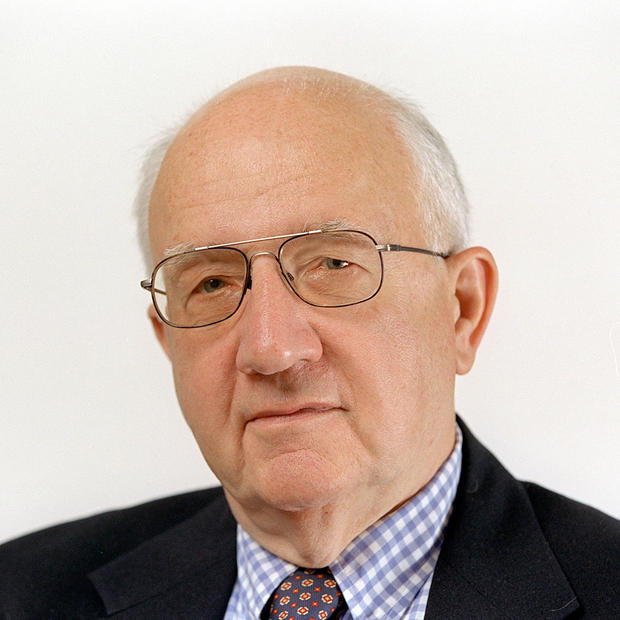"The voters are not fools." –political scientist V.O. Key
In the wake of Proposition 1's overwhelming rejection by King, Pierce, and Snohomish county voters, encouraging signs of rationality are beginning to appear in what has heretofore been the absurdist world of regional transportation planning.
Seattle Mayor Greg Nickels made effusive statements last week on the first run of the $52 million Allentown Trolley from Westlake Center to South Lake Union, regarding his vision of a trolley-system extension through all of downtown Seattle. Gov. Chris Gregoire, having committed $1 billion to a fixup of each end of the creaking Alaskan Way Viaduct, suddenly reversed herself on the issue of final repair or replacement and declared herself open to surface/transit options she previously had rejected. Sound Transit board members, now led by Nickels, were laying plans for resubmission, probably in 2010, of their soundly defeated proposal for an extended light rail system.
None of those outcomes (except possibly the adoption of a surface/transit solution on Alaskan Way) is likely to transpire.
Instead, momentum now has shifted toward more practical and affordable ways that the region's most pressing transportation needs can be met. For one thing, Gregoire has stated that repair or replacement of the Evergreen Point Bridge across Lake Washington will have high priority in the year ahead. Both the 520 bridge and the Alaskan Way Viaduct are state highways, and the governor, indeed, can address both definitively if determined to do so.
We also may see in 2008 a reform of the regional transportation planning and decisionmaking structures that have failed us often in the past.
The Gregoire-appointed Norm Rice-John Stanton commission [2.5 MB PDF] a year ago proposed that Sound Transit and the Regional Transportation Investment District be superseded by a new, mainly elected, regional transportation body better able to make independent, cost-benefit-based proposals for balanced transportation systems. The proposal was well received in the Legislature but stalled in the face of full-court opposition by Sound Transit and those who are protecting turf or who benefit directly from Sound Transit contracts.
One reason that Sound Transit overreached so badly in seeking record amounts of tax dollars in Prop 1 was that it feared it might shortly be euthanized if the Rice-Stanton proposals were adopted, or that taxes reserved for Sound Transit would be raided for road building or non-Sound Transit bus systems. For Sound Transit, Prop 1 was Stalingrad. Without the fresh infusions of money, even its limited local light rail system lacks funds to get as far north as Husky Stadium.
Former Seattle Mayor Norm Rice and hi-tech executive/investor John Stanton have decided to press aggressively in 2008 for adoption of their proposal. They have been joined, initially, by a core group including of former U.S. Sen. Slade Gorton, Bruce Agnew of the Discovery Institute's Cascadia transportation center, Snohomish County transportation leader Reid Shockey, 2004 attorney general candidate Mike Vaska, and Steve Mullin, president of the Washington Roundtable and co-chair of the pro-Prop 1 campaign. This eclectic group includes previous Sound Transit and Prop 1 advocates. They are united in a belief that rationality and accountability must become cornerstones of future transportation policy.
The Rice-Stanton group already has met with the governor and key legislative leaders and reports no overt opposition to their proposal. They also have had informational meetings with Sound Transit and RTID leaders. According to Stanton, his group has no illusions regarding the support of these bodies, but they hope to at least blunt their opposition.
Rice, Stanton, et. al., shortly will form a committee – let us call it, for now, the Committee for Rational Transportation Decisions – to generate public support for their proposals and to bring pressure on the governor and legislative leaders during the coming short session of the Legislature. The effort, at least for now, will be directed toward legislation rather than a ballot measure, although the latter could remain an option. No legislative lobbyist has yet been hired.
The latest version of the Rice-Stanton proposal calls for the regional transportation authority's members to be directly elected (rather than appointed, as with the Sound Transit and RTID boards) and thus directly accountable to their constituents. It would be supplemented by six appointed members, with four to be appointed by the counties and two by the governor. Though the latter configuration could change, directly elected officials would form a strong majority on the body.
The Rice-Stanton group could also find itself working with Prop. 1 opponents such as Belltown financier Mark Baerwaldt and former state Supreme Court Justice Phil Talmadge. Baerwaldt and Talmadge have also publicly endorsed the notion of the new regional transportation agency to supersede Sound Transit and RTID. These forces, together, have the money, political juice, and potential public support to create the desired institutional change.
In all of this, a new consensus is emerging about a post-Prop 1 agenda. It centers on moving aside turf-oriented, self-serving agencies such as Sound Transit and transferring power to a more objective, more responsive regional body. It would stress immediate priorities such as addressing the urgent Alaskan Way Viaduct and Evergreen Point Bridge, which are aging and structurally vulnerable. It would not stop light rail construction in place, but it would limit construction to a line running from Seattle-Tacoma International Airport to either Convention Place, Husky Stadium, or Northgate. Future funding would be focused more greatly on express bus, bus rapid transit, and normal bus service; dedicated transit lanes; HOV lanes; tolling; and selective repair and expansion of long neglected local roads and lifeline highways. Citywide trolleys definitely would not be part of the scheme.
Things move slowly hereabouts. But finally they appear to be moving in the right direction on regional transportation policy. The coming year could actually be a good one for us in that regard.



